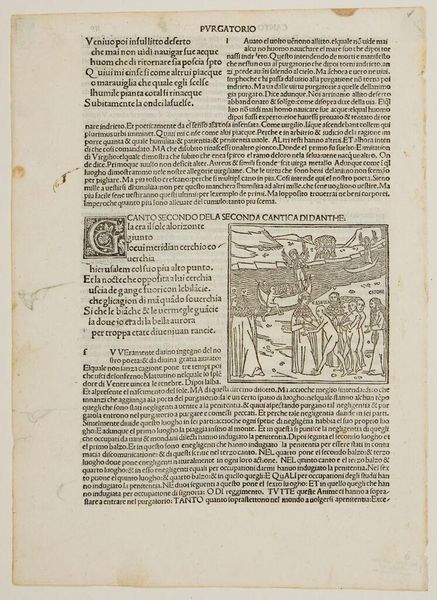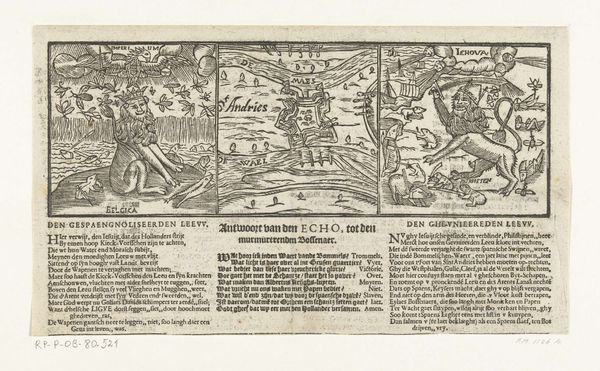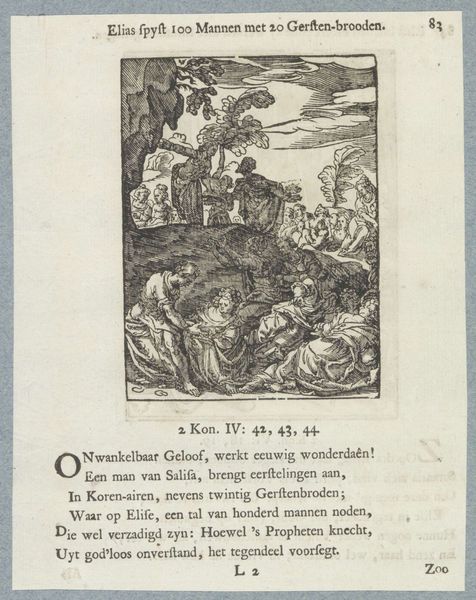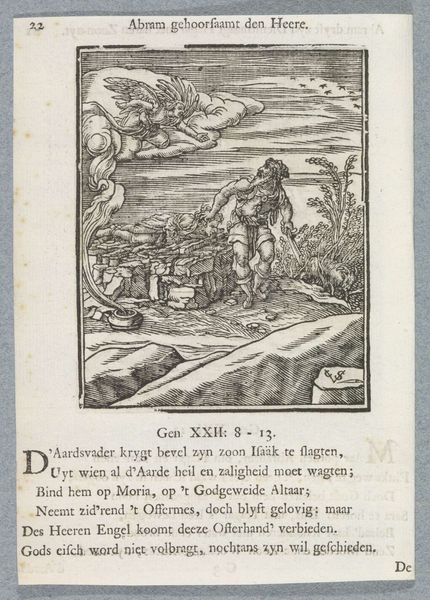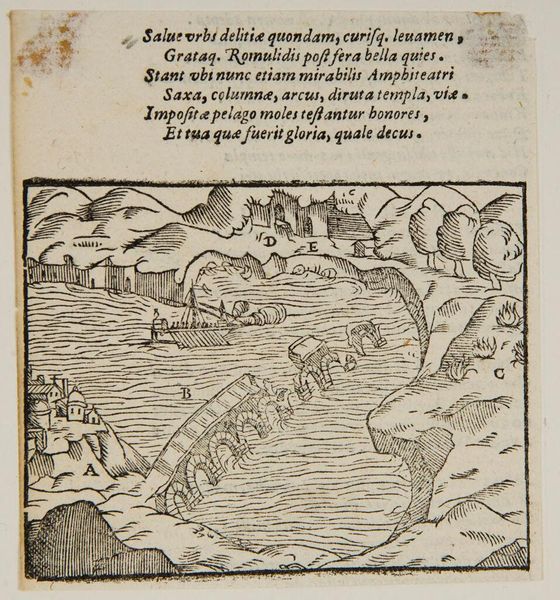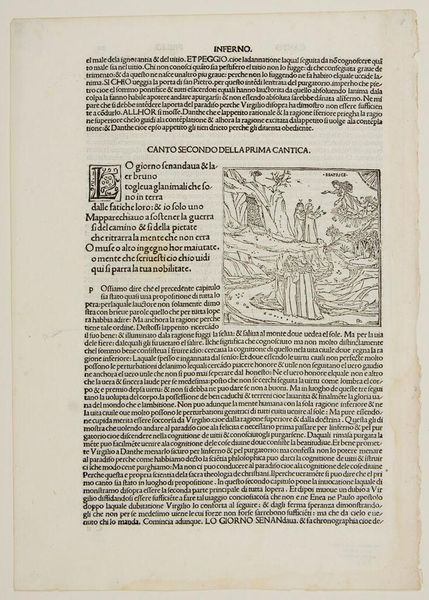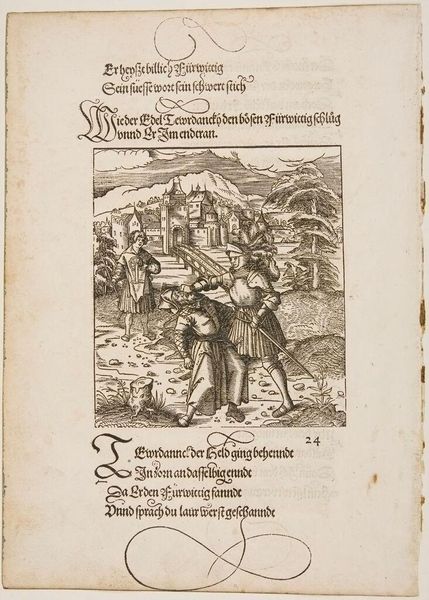
print, engraving
#
narrative-art
#
baroque
# print
#
pen-ink sketch
#
history-painting
#
engraving
Dimensions: length 31.5 cm, width 24.4 cm
Copyright: Rijks Museum: Open Domain
Gerrit de Veer created this print to accompany his published journal in Amsterdam in 1598. It documents Willem Barentsz’s three attempts to find the Northeast Passage. The image is divided into sections and can be viewed as a form of proto-cinematic storytelling. The overall narrative speaks to a culture of exploration and discovery, driven by economic imperatives. The Dutch Republic was in its infancy, but it was already a major maritime power looking for new trade routes to the East. We can see one of the crewmen, for instance, trading with a member of the Sami tribe in upper right. Note, too, the prominence given to the ship. It’s through institutions like the Dutch East India Company that such voyages were possible. The print gives us insight into the relationship between the early modern state, its economic ambitions, and its visual culture. To understand this image fully, historians need to look at archival sources, maps, and other visual representations of Dutch exploration. We need to consider the complex interplay of commerce, politics, and art in shaping the historical narrative.
Comments
No comments
Be the first to comment and join the conversation on the ultimate creative platform.



